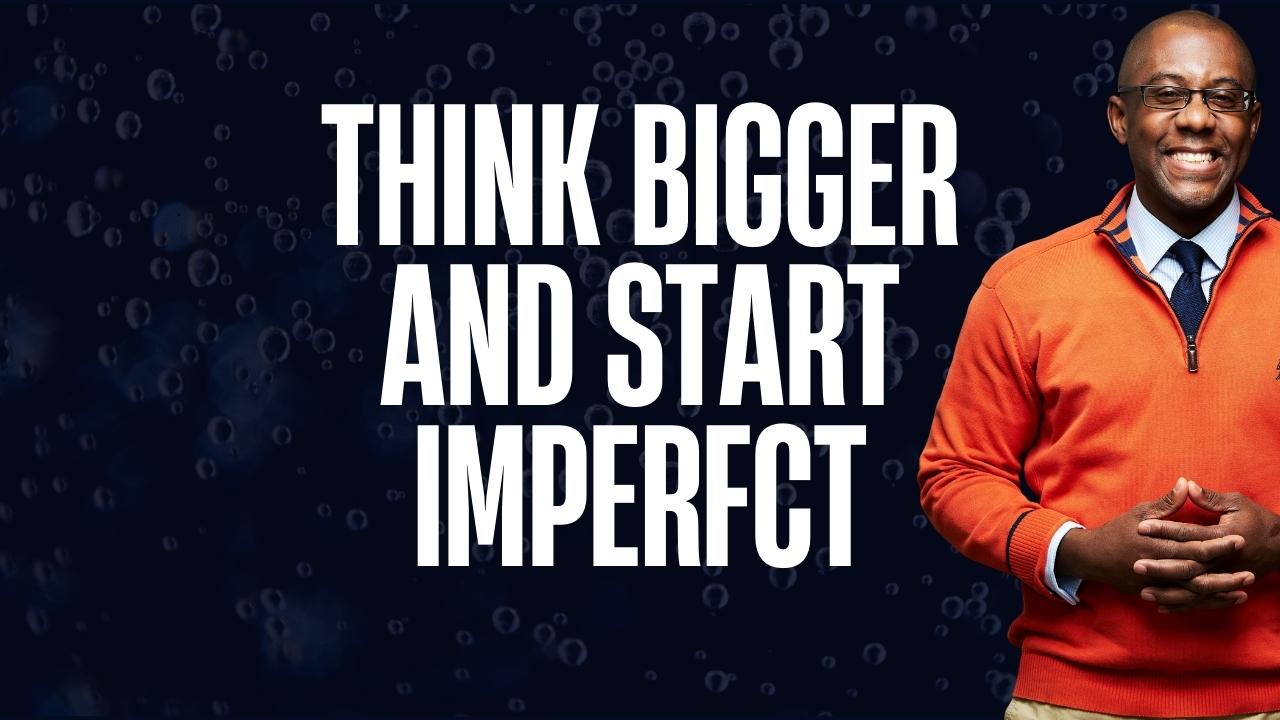In a world flooded with marketing hacks, growth strategies, and content formulas, it’s easy to believe that mastering marketing is all about… well, marketing. But the truth, as Wes Kao brilliantly points out, is that the best marketers are much more than marketers. They’re polymaths. They’re “marketer plus” professionals who excel because they are secretly strong in other disciplines.
Who is Wes Kao? Her goal is to share honest insights and practical advice for operators in fast-moving organizations.
Over the years, Kao has been asked countless times, “How can I become a better marketer?” Her answer evolved, but one principle remained constant: Only focusing on marketing is not enough. If you solely study marketing trends, algorithms, and tools, you risk boxing yourself into an increasingly smaller space. The key to expanding your impact is to explore and master adjacent disciplines. These disciplines don’t just complement marketing—they supercharge it.
So, what exactly are these adjacent disciplines? And how can they make you a sharper, more nuanced operator? Let’s dive into Wes Kao’s insightful roadmap to becoming a “marketer plus.”
1. Negotiation: Mastering the Dance of Power Dynamics
Negotiation isn’t just about closing deals or haggling over prices. It’s a nuanced dance, filled with unspoken cues and subtle power dynamics. A great marketer who understands negotiation sees the world differently. They can read between the lines, build value, and strategically maintain power without unnecessary concessions.
Key Takeaways:
- Power dynamics shape every interaction. Recognize them and adjust your approach accordingly.
- Understand alternatives—both yours and your customers’. This knowledge is your leverage.
- Be strategic with concessions. Each one affects perceived value.
- Negotiation isn’t about manipulation; it’s about creating win-win scenarios that build long-term trust.
2. Sales: The Art of Closing and Influencing Decisions
A marketer who can’t close a sale is like a chef who can’t serve a dish. Sales isn’t just about pitching products; it’s about understanding how people make decisions and how emotions influence purchases. From buyer’s remorse to fear-based decisions, mastering sales psychology equips you with the tools to craft more compelling campaigns and persuasive messaging.
Key Takeaways:
- Learn how to identify and influence decision-making moments.
- Address buyer’s remorse before it happens with strategic messaging.
- Embrace tension—sometimes it’s better to leave a question hanging than to resolve it too quickly.
- Frame your marketing with ruthless focus on outcomes and results.
3. Business Analysis: Numbers Tell Stories
Marketers swim in data, but not all are analytical thinkers. Business analysis is about understanding numbers beyond the surface. It’s about making inferences, spotting trends, and recognizing patterns. Kao points out that this discipline sharpens your ability to make defensible claims and detect faulty logic—a skill every marketer needs in a world drowning in metrics.
Key Takeaways:
- Differentiate between raw numbers and percentages; context is everything.
- Develop a “spidey sense” for numbers that seem off or too good to be true.
- Use accurate language to communicate insights with precision.
- Make standalone claims that don’t require your voiceover for clarity.
4. Psychology and Behavioral Economics: Cracking the Human Code
Understanding human behavior is at the heart of effective marketing. People are irrational, motivated by biases they often don’t realize they have. By mastering psychology and behavioral economics, you learn to tap into these biases, craft emotionally resonant messages, and even plant ideas (ethically, of course).
Key Takeaways:
- Recognize cognitive dissonance and use it to create urgency or resolve objections.
- Leverage reciprocity and loss aversion to drive action.
- Learn how psychographics (beliefs, values) matter more than demographics (age, location).
- Apply strategic empathy to resonate deeply with your audience.
5. Copywriting: Words That Move
If you can’t write well, you can’t market well. Period. Kao emphasizes that the best marketers write in a way that feels human, not corporate. Copywriting is about more than grammar; it’s about connecting with emotions, building trust, and driving action with words that move people.
Key Takeaways:
- Break grammar rules intentionally for conversational authenticity.
- Master the “robot voice method” to identify stiff, unnatural language.
- Use visceral words that provoke emotional reactions.
- Learn to edit ruthlessly—every word should serve a purpose.
6. Fiction Writing: Crafting Narratives That Resonate
Great marketing tells a story. Fiction writing teaches you how to make people feel something, how to create worlds with words, and how to show, not tell. It’s about indirect communication, building visual imagery, and making narratives believable.
Key Takeaways:
- Use “show, not tell” techniques to create immersive brand stories.
- Develop characters (or personas) with relatable motivations.
- Control psychological distance to either pull your audience closer or push them away strategically.
- Choose words that paint vivid, memorable pictures.
7. Product: Marketing Built In
Marketing shouldn’t be an afterthought. In the best companies, marketing is built into the product itself. Kao argues that to be an exceptional marketer, you must think like a product person—anticipating customer needs, observing user behavior, and designing experiences that market themselves.
Key Takeaways:
- Observe what customers do, not just what they say.
- Balance product design with marketing strategy from the start.
- Understand network effects and how they influence user behavior.
- Decide when to change the product versus changing the marketing approach.
8. Design: Visceral First Impressions
Design is the first message your brand sends. Even the best copy can be undermined by poor design. Understanding design principles helps you create visually appealing content that enhances your message rather than distracting from it.
Key Takeaways:
- Leverage semiotics (symbols and signs) to convey complex ideas quickly.
- Ensure consistency in design to build trust and brand recognition.
- Create clean, distraction-free layouts to keep your audience focused.
- Understand how color, typography, and layout influence emotions.
9. Showrunner/Producer: The Power of Execution
Great marketers are also great executors. They think like showrunners, owning every detail and ensuring the big picture comes together seamlessly. Kao emphasizes that this mindset turns ideas into reality, making you an invaluable operator who can consistently deliver.
Key Takeaways:
- Master project management and learn how to delegate effectively.
- Develop a builder mentality—creating something from nothing.
- Balance the big picture with meticulous attention to detail.
- Find low-overhead solutions that achieve maximum impact.
The Bottom Line: Be More Than a Marketer
Wes Kao’s insights reveal a powerful truth: The best marketers are secretly masters of adjacent disciplines. They are part negotiator, part salesperson, part psychologist, part designer—and they weave all these skills into their marketing strategy. This makes them sharper, savvier, and capable of producing work with texture, nuance, and emotional resonance.
So, if you’re striving to level up as a marketer, don’t just learn more about marketing. Learn about people, numbers, words, and design. Become a “marketer plus.” And as Wes Kao so brilliantly reminds us, “Only focusing on marketing is not enough.”
Credit: This article is inspired by and based on insights shared by Wes Kao.











